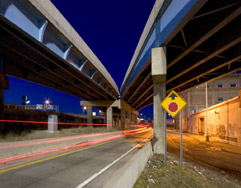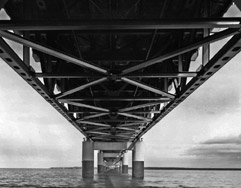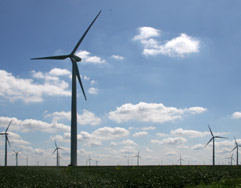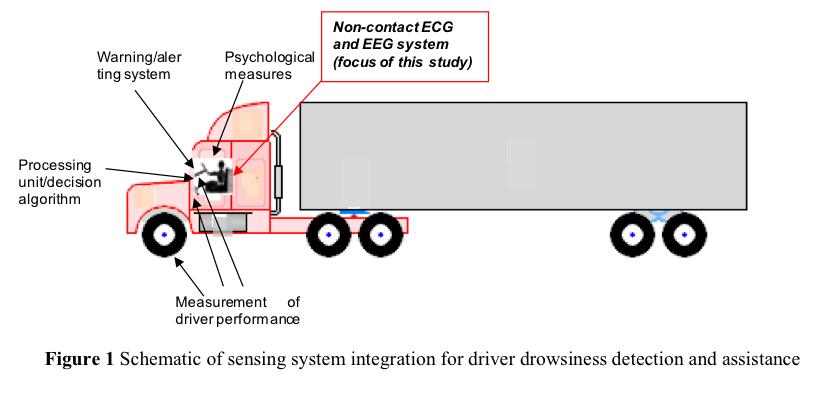SAFETY IDEA PROGRAM
Executive Summary
The goal of this Safety IDEA project was to develop a non-contact sensing platform to monitor the physiological signals of drivers such as the electrocardiography (ECG) and/or electroencephalography (EEG), from which the on-set and extent of drowsiness can be detected. Clinical research has found physiological signals are good indicators of drowsiness. Conventional bioelectrical signal measurement system requires the electrodes to be in contact with the human body. That not only interferes with the normal driver operation, but also is not feasible for long term monitoring purposes. Therefore, a non-contact physiological signal sensing platform as developed in this project will be very helpful to detect driver drowsiness and reduce crashes. Such sensors can be integrated readily into a wireless health monitoring system for drivers.
In this project, we designed a non-contact ECG sensor based on high input impedance circuitry. With delicate sensor electronics design, the bioelectrical signals associated with electrocardiography (ECG), breathing, and eye blinking can be measured. This sensor package can detect the ECG signals with an effective distance of up to 30 cm (11.81 inch) away from the body. It also provides sensitive measurement of physiological signals such as heart rate, breathing, eye blinking etc. The sensor performance was validated on a high fidelity driving simulator. Digital signal processing algorithms were developed to remove the signal noise and simultaneously automate signal analyses. The characteristics of physiological signals indicative of driver fatigue, i.e., the heart rate (HR), heart rate variability (HRV), breath frequency and eye blinking frequency, can be determined. A drowsiness indicator was developed by coupling the multiple physiological parameters to achieve high reliability in drowsiness detection.
Evaluation of sensor performance was conducted under various conditions in this project. These include evaluation under ordinary laboratory and office environmental conditions. Sensor performance was also evaluated in a high fidelity driving simulator as well as an operational truck. The sensor would have applications for railroad train operators and truck drivers. Results of the evaluation indicate that the sensor is accurate, robust, and easily deployed. All of these evaluations point to great promise for this technology.
This project showed that the proposed sensing concept is feasible. Recommendations are made for further development of the sensor prototype.
IDEA PRODUCT
The anticipated product of this project is a non-contact physiological signal sensing system that can be integrated into vehicles to detect driver drowsiness and provide driver assistance under naturalistic driving conditions. The non-contact sensing system will monitor vital physiological signals such as ECG, EEG, breathing, and eye blinking, with a goal to detect drowsiness and provide warning (Figure 1).
Read full report (PDF) here: Non-Contact Driver Drowsiness Detection System
About The Safety IDEA program
www.trb.org/IDEAProgram
“The Safety IDEA program is sponsored by the Federal Railroad Administration. The Safety IDEA program provides funding for projects that promote innovative approaches to improving railroad safety or performance. Note the current focus of the Safety IDEA Program is only on innovative ways to improve railroad safety or performance; and the revised due date to receive Safety IDEA proposals is September 7, 2012. Suggested research focus areas, proposal evaluation criteria, and the forms for submitting proposals are provided in the IDEA Program Announcement.”
Tags: Electrocardiography, Electroenceophalography, Safety IDEA Program







 RSS Feed
RSS Feed
Is this technology already in use and can one purchase and install it as an aftermarket feature?
According to the report, this is just a prototype, so it doesn’t exist yet. But if you contact them with interest it might speed things up!